As I was writing yesterday's post to attempt to summarize the many ways Confederate symbolism was still with us in 2015, I had no idea how swiftly South Carolina's State Congress was working to decide the fate of the Confederate battle flag on its capitol grounds. It appears that the unspeakably horrific events of June 17th at the hands of a deranged white supremacist have forced the hearts, minds, and hands of the powers-that-be to reconsider the implications of iconography and symbols inexorably linked to the subjugation of non-white peoples, and particularly of African-Americans.
And with that, the battle flag of the former Confederate States of America will nevermore be hoisted in an official capacity in the State of South Carolina, the epicenter of both the Civil War and the Old South.
And with that, the battle flag of the former Confederate States of America will nevermore be hoisted in an official capacity in the State of South Carolina, the epicenter of both the Civil War and the Old South.
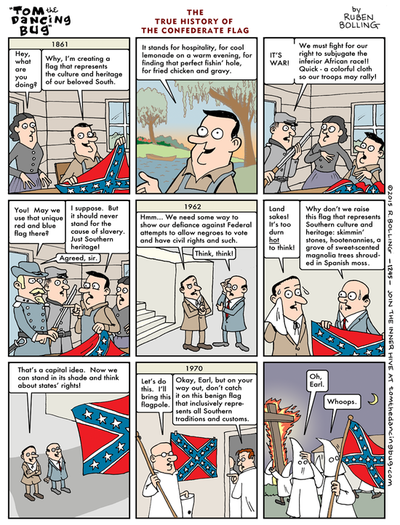
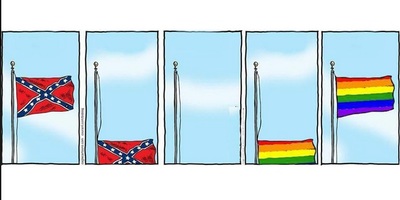
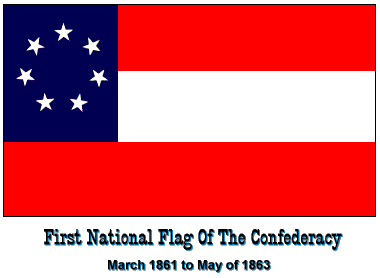
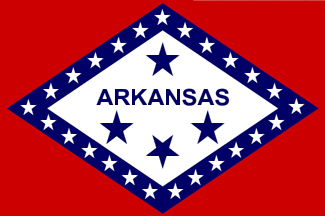
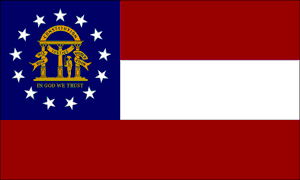
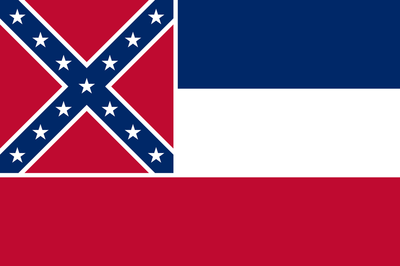
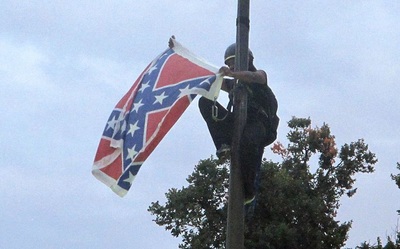
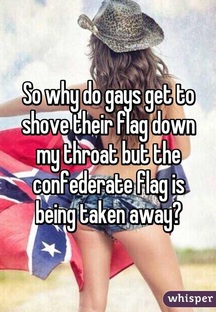
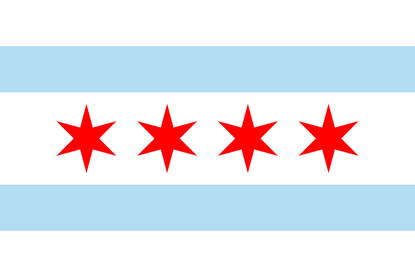
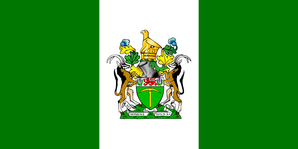
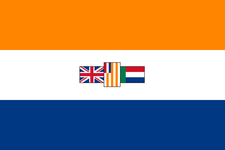
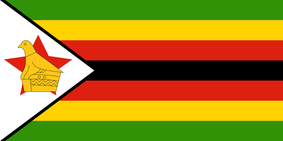
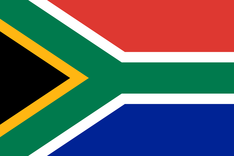
 RSS Feed
RSS Feed
